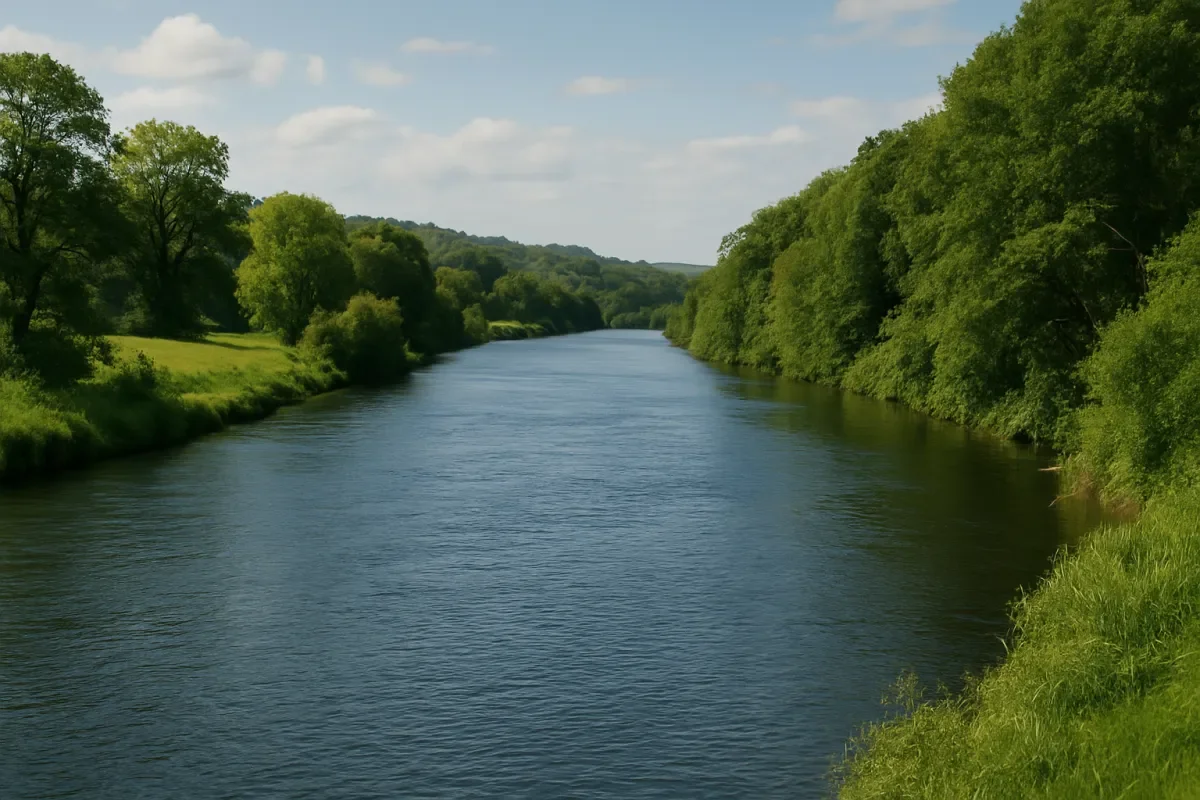

Why Legislate If We Cannot Protect the Special Areas? River Blackwater Suffers One of the Worst Fish Kills in Irish History
Investigators seek answers as over 46,000 fish perish in a protected conservation zone, threatening biodiversity, tourism, and the integrity of EU environmental law.
The Scale of the Disaster
The River Blackwater, a designated Special Area of Conservation (SAC) under European law, has become the epicenter of an ecological disaster. Over 46,000 fish are now estimated dead, marking one of the most devastating fish kills in the history of the State. Investigators are urgently working to identify the chemical pollutants responsible, but the damage has already extended far beyond the riverbed.
A Lifeline for Biodiversity and Communities
This tragedy strikes at the heart of Ireland's environmental commitments. The Blackwater is not just a river; it is a lifeline for protected species such as the otter (Lutra lutra), kingfisher, freshwater pearl mussel (Margaritifera margaritifera), and Atlantic salmon (Salmo salar). It also sustains a vibrant angling tourism industry, now facing an uncertain future.
The timing of the incident coincides with a prolonged dry spell in the region, which has led to lower water levels and higher concentrations of pollutants. In such stressed conditions, fish become more vulnerable to disease and environmental toxins, turning a single contamination event into a full-blown ecological collapse.
Species and Habitats at Risk
Despite its SAC status, the Blackwater’s protection has proven tragically inadequate. The river qualifies for conservation under numerous EU directives due to its biodiversity, including:
 Sea, Brook, and River Lamprey
Sea, Brook, and River Lamprey White-clawed Crayfish
White-clawed Crayfish Freshwater Pearl Mussel
Freshwater Pearl Mussel Killarney Fern
Killarney Fern Otter
Otter Estuarine and salt meadow habitats
Estuarine and salt meadow habitats
These species and habitats are meant to be safeguarded under the Natura 2000 network, a cornerstone of the EU biodiversity strategy. Yet the fragmented nature of protected area (PA) designation, with over 400 categories across Europe, overlapping jurisdictions, and no unified management strategy, has left rivers like the Blackwater vulnerable.
Law, Governance and Oversight
Ireland’s own conservation objectives, as outlined by the National Parks and Wildlife Service (NPWS), stress that favourable status requires stable habitats, functioning ecosystems, and viable species populations. This incident threatens all three.
The question now echoes for beyond the banks of the Blackwater: Why legislate for protection if enforcement and oversight fall short when it matters most?
What This Means Going Forward
As investigators search for answers, the broader implications for environmental governance, freshwater conservation, and public accountability are becoming clearer.
The River Blackwater may be the latest casualty, but unless systemic change follows, it will not be the last.
